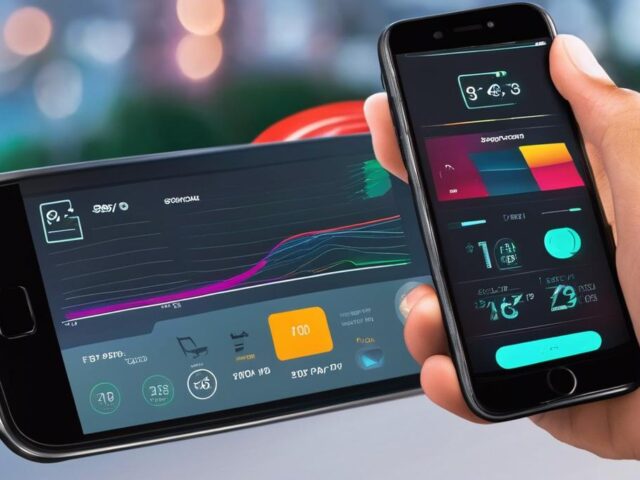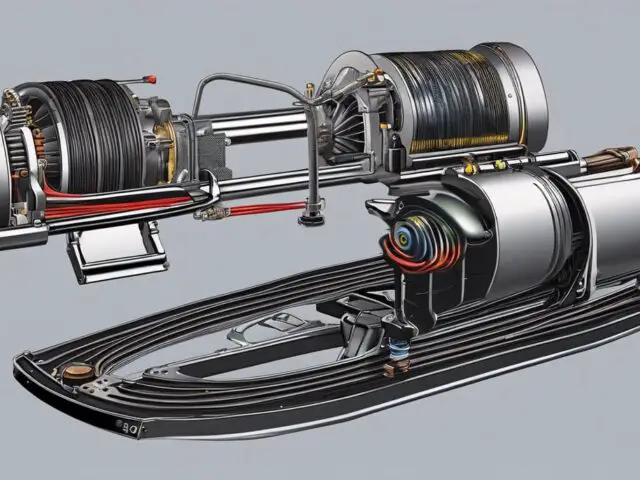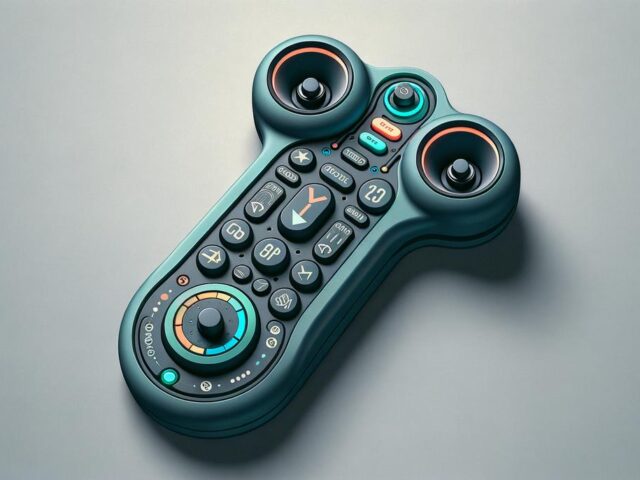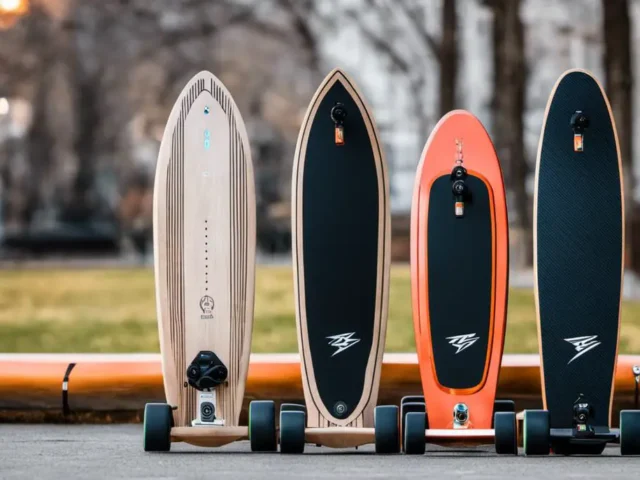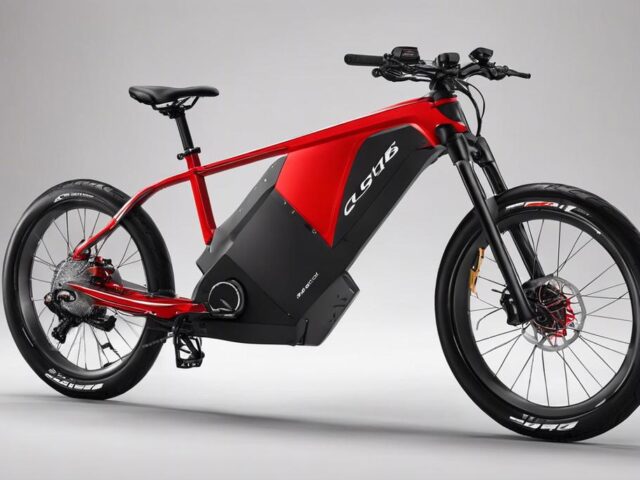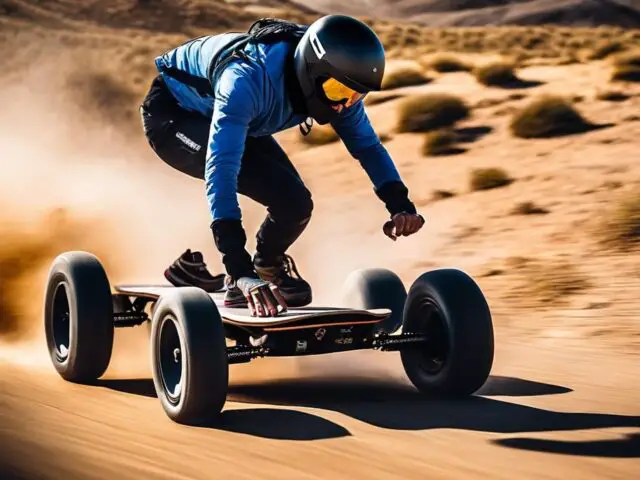E-bikes have become increasingly popular in recent years for their ability to provide a fun and eco-friendly mode of transportation. However, many riders may feel that their e-bike lacks the power and responsiveness they desire. This is where torque sensors come in. These small but mighty devices can greatly enhance your e-biking experience by providing a smooth and powerful boost to your ride. Next, lets dive into the world of torque sensors and how they can take your e-biking to the next level.
Understanding the Power of E-Bikes: A Quick Overview
E-bikes, short for electric bikes, have revolutionized the world of transportation. These innovative vehicles combine the convenience and efficiency of a traditional bicycle with the power and speed of an electric motor. E-bikes have gained popularity in recent years as an eco-friendly and fun mode of transportation, offering a great alternative to traditional bikes or cars.
What sets e-bikes apart from regular bicycles is their ability to provide an electric assist. This means that riders can pedal as they normally would but with the added benefit of an electric motor providing extra power. This electric assist is what makes e-bikes such a game-changer, allowing riders to effortlessly tackle challenging terrain, conquer steep hills, and cruise at faster speeds with ease.
The power of e-bikes lies in their electric motor, which is typically located either in the hub of the wheel or integrated into the frame. This motor is powered by a battery, which can be charged and provides the necessary electricity for the electric assist. The motor senses when the rider is pedaling and automatically engages, providing a smooth and seamless boost to the rider’s efforts.
One of the key components that make this electric assist possible is the torque sensor. This small device is usually integrated into the e-bike’s drivetrain or bottom bracket and measures the amount of force the rider is applying to the pedals. The torque sensor then sends this information to the motor, which adjusts the level of electric assist accordingly. This means that the motor can provide more power when the rider is pedaling harder and less power when the rider is pedaling more lightly. The result is a natural and intuitive riding experience that feels just like riding a regular bicycle but with a powerful and consistent boost.
What are Torque Sensors and How Do They Work?
When it comes to enhancing your e-biking experience, torque sensors are the ultimate game changer. But what exactly are torque sensors and how do they work? Let’s dive in and find out.
Torque sensors are small devices that are integrated into the drivetrain or bottom bracket of an e-bike. Their main function is to measure the amount of force the rider is applying to the pedals. This information is then sent to the electric motor, which adjusts the level of electric assist accordingly.
But what makes torque sensors so special? Unlike other types of pedal-assist systems, torque sensors provide a smooth and intuitive riding experience. They can detect even the slightest change in pedaling force and adjust the level of assistance accordingly. This means that the motor can provide more power when you’re pedaling harder, such as when climbing a steep hill, and less power when you’re pedaling more lightly, such as when cruising on flat terrain. The result is a natural and seamless riding experience that feels just like riding a regular bike, but with an extra boost of power.
Another great thing about torque sensors is that they provide consistent and predictable assistance. The power output is directly proportional to the rider’s pedaling force, which means that the motor won’t suddenly kick in or cut out unexpectedly. This makes it easier to control the bike and gives riders a sense of confidence and stability.
Benefits of Using Torque Sensors on E-Bikes
If you’re considering equipping your e-bike with a torque sensor, you’re in for a treat. Torque sensors offer a multitude of benefits that can greatly enhance your e-biking experience. (1)
One of the major benefits of using torque sensors is the seamless and intuitive riding experience they provide. Unlike other types of pedal-assist systems, torque sensors can detect even the slightest change in pedaling force. This means that the level of electric assist is adjusted in real-time based on your pedaling force, providing a natural and smooth boost to your ride. Whether you’re climbing a steep hill or cruising on flat terrain, the torque sensor ensures that you get the perfect amount of power with every pedal stroke.
Another advantage of torque sensors is their consistency and predictability. The level of electric assist is directly proportional to your pedaling force, so you won’t experience sudden bursts or drops in power. This makes it easier to control the bike and gives you a sense of confidence and stability. Whether you’re a seasoned e-biker or just starting out, torque sensors can help you ride with ease and precision.
Torque sensors also play a key role in extending the battery life of your e-bike. By providing power only when you need it, the torque sensor helps to optimize energy usage and ensure that you can go the distance. This means fewer stops for recharging and more time spent enjoying the ride.
The benefits of using torque sensors on e-bikes are numerous. They provide a seamless and intuitive riding experience, with power that adjusts in real-time based on your pedaling force. They offer consistency and predictability, giving you a sense of control and stability. And they help extend your e-bike’s battery life, allowing you to go further and explore more.
How to Equip Your E-Bike with a Torque Sensor
If you’re ready to take your e-biking to the next level and experience the ultimate power boost, equipping your e-bike with a torque sensor is the way to go. Luckily, the process of installing a torque sensor is relatively straightforward and can be done with a few simple steps.
First, you’ll need to gather the necessary tools and equipment. This includes a torque sensor kit, which typically includes the sensor itself, mounting brackets, wiring, and any necessary hardware. You’ll also need basic tools such as wrenches, screwdrivers, and pliers.
Once you have all the necessary materials, it’s time to start the installation process. Begin by removing the crankset from your e-bike. This may require loosening and removing the crank arm bolts using a wrench or Allen key. Carefully remove the crank arm and set it aside.
Next, you’ll need to install the torque sensor onto the bottom bracket of your e-bike. The exact installation process may vary depending on the specific torque sensor model you’re using, so be sure to consult the manufacturer’s instructions for detailed guidance. Generally, you’ll need to secure the sensor onto the bottom bracket using the provided mounting brackets and hardware.
After the torque sensor is securely installed, it’s time to connect the wiring. This usually involves connecting the sensor wires to the appropriate ports on your e-bike’s controller. Again, refer to the manufacturer’s instructions for specific guidance on wiring connections.
Once the wiring is complete, it’s time to reassemble the crankset. Carefully slide the crank arm back onto the bottom bracket and tighten the crank arm bolts. Be sure to follow the recommended torque specifications provided by the manufacturer to ensure proper installation.
Finally, double-check all connections and ensure that everything is properly tightened. Take your e-bike for a test ride to ensure that the torque sensor is functioning correctly and providing the desired power boost.
Maximizing Your E-Biking Experience with Torque Sensors
To truly maximize your e-biking experience with torque sensors, here are some tips and tricks that can take your rides to the next level.
- Get familiar with the different assist levels: Most e-bikes equipped with torque sensors offer multiple assist levels, typically ranging from low to high. Experiment with different levels to find the one that suits your riding style and the terrain you’ll be tackling. Use lower levels for leisurely rides and higher levels for more challenging terrain or when you need an extra boost.
- Fine-tune your pedal cadence: Torque sensors are sensitive to your pedaling force, but they also respond to the speed at which you pedal. Finding the right pedal cadence can help optimize the power output of your e-bike. Experiment with different pedal cadences to find the sweet spot that provides the most efficient and enjoyable ride.
- Use the torque sensor to conserve battery life: Since torque sensors provide power based on your pedaling force, you can use this to your advantage to extend your e-bike’s battery life. By pedaling with more force and relying less on the electric assist, you can conserve battery power and go further on a single charge. This can be particularly useful on longer rides or when you’re running low on battery.
- Learn to anticipate gear changes: Torque sensors are designed to respond to changes in pedaling force, so it’s important to anticipate gear changes and adjust your pedaling accordingly. This can help you maintain a consistent power output and prevent any sudden shifts in assistance level. Practice shifting gears smoothly and pay attention to how it affects the torque sensor’s response.
- Embrace the intuitive riding experience: One of the greatest benefits of torque sensors is the seamless and intuitive riding experience they provide. Embrace this by letting go of any preconceived notions or expectations about how your e-bike should feel. Trust in the torque sensor to provide the right amount of power when you need it, and enjoy the effortless and powerful ride it delivers.

How Torque Sensors Can Extend Your E-Bike’s Battery Life
Torque sensors extend your e-bike’s battery life by providing assistance only when needed. They work by measuring the amount of force you are applying to the pedals and adjusting the motor’s assistance accordingly. This means that the motor only works when you are pedaling, and it works harder when you are pedaling harder.
This is in contrast to cadence sensors, which simply measure the number of times the pedals are rotating per minute. Cadence sensors provide assistance regardless of how hard you are pedaling, which can lead to wasted battery power.
Torque sensors are more expensive than cadence sensors, but they are worth the investment if you are looking to extend your e-bike’s battery life.
Here are some specific ways that torque sensors can extend your e-bike’s battery life:
- They help you to pedal more efficiently. By providing assistance only when needed, torque sensors help you to pedal more efficiently. This is because the motor is not working against you, but rather with you.
- They help you to ride in a wider range of conditions. Torque sensors can help you to ride in a wider range of conditions, such as hills and headwinds. This is because the motor can provide more assistance when needed.
- They help you to ride longer distances. By extending your e-bike’s battery life, torque sensors help you to ride longer distances. This is especially beneficial if you use your e-bike for commuting or long-distance rides.
If you are looking for a way to extend your e-bike’s battery life, torque sensors are a great option to consider. They are more expensive than cadence sensors, but they are worth the investment.
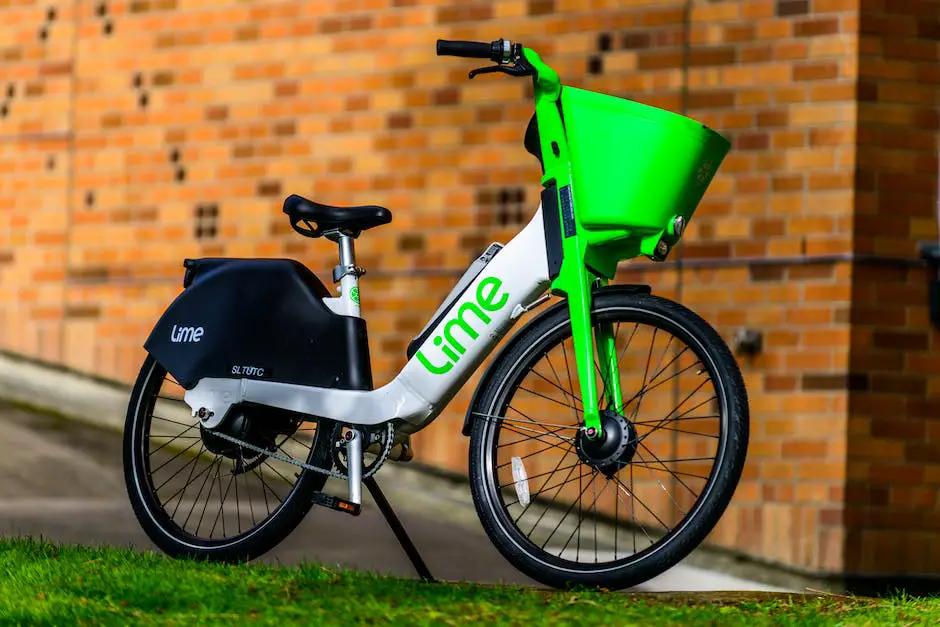
Setting Up and Calibrating Torque Sensors
Setting Up a Torque Sensor on an e-bike
- Choose a location for the torque sensor. The torque sensor should be mounted on the crank arm or bottom bracket of the e-bike. It should be mounted in a location where it will not be damaged by the chain or other components.
- Attach the torque sensor to the crank arm or bottom bracket. The torque sensor should be attached to the crank arm or bottom bracket using the included mounting hardware.
- Connect the torque sensor to the controller. The torque sensor will need to be connected to the controller using a wiring harness. The wiring harness will come with the torque sensor.
Calibrating a Torque Sensor on an e-bike
- Turn on the e-bike.
- Enter the calibration mode. The calibration mode can be entered by pressing a button on the controller or by using the e-bike’s display.
- Follow the instructions on the e-bike’s display to calibrate the torque sensor. The calibration process will vary depending on the make and model of the e-bike.
- Once the torque sensor is calibrated, exit the calibration mode.
Tips for Setting Up and Calibrating a Torque Sensor
- Make sure that the torque sensor is mounted securely.
- Make sure that the torque sensor is connected to the controller properly.
- Follow the instructions on the e-bike’s display carefully when calibrating the torque sensor.
- Test the torque sensor after calibrating it to make sure that it is working properly.
If you are having trouble setting up or calibrating a torque sensor, consult the e-bike’s owner’s manual or contact the manufacturer for assistance.
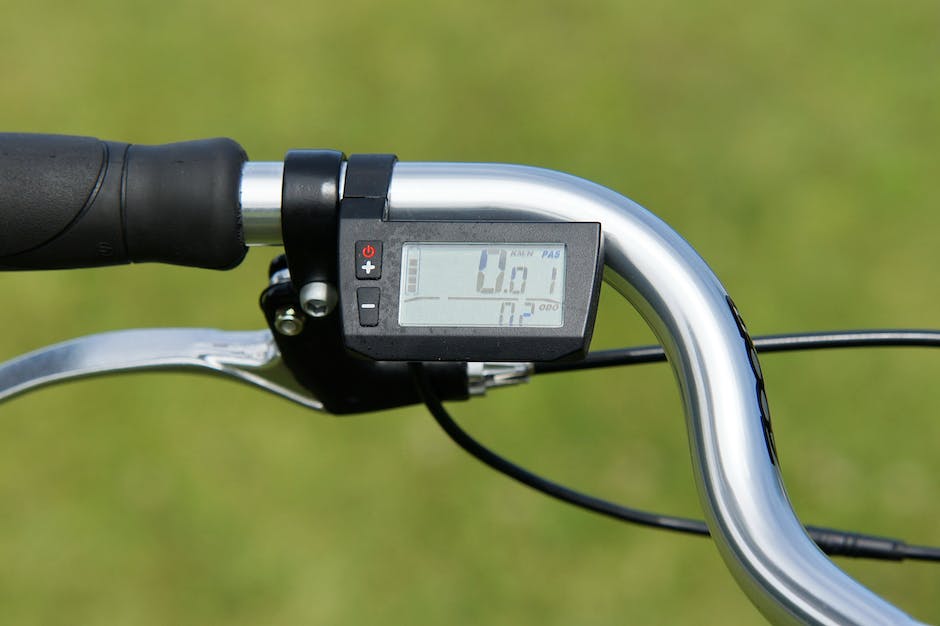
The thoughtful integration of technology, such as torque sensors, in e-bikes has taken a leap towards delivering a seamless and natural ride feel. Having a comprehensive understanding of these sensors, their benefits and the right methods for their setup and calibration, is crucial. As you steer through hills, coast along plains, or maneuver urban terrains, this knowledge can remarkably enhance the control you have over your ride.
Helpful Links
For all your RC Questions, Click HERE
If you are interested in RC cars and trucks, RC World has you covered.
For RC boats and watercraft, check these articles out.
For all your RC Airborne endeavors, we have everything you need.
Maximizing the Electric Skateboard Experience: Essential Apps to Consider
In the thrilling world of electric skateboarding, apps have emerged as integral game-changers, revolutionizing the sport far beyond just cruising on the pavement. Offering unprecedented control, customization, and…
Top 3 Belt-Driven Motors for E-Skateboards
When we delve into the heart of electric skateboarding, the pulse of every kick-push comes from its motor system. Among the variety of drives that bring e-skateboards to…
Adjusting Electric Skateboard Speed Settings
Electric skateboards are transforming the way we move, offering a blend of excitement and practicality that’s hard to match. With a remote control in hand, riders have the…
Mastering Electric Skateboards for Beginners
As the era of conventional skateboards comes to a close, the astonishing wave of electric skateboards is gathering steam and luring individuals from all walks of life. The…
6 Quick Tips to Slash Your E-bike Commuting Time
Imagine a faster, more efficient way to commute each day – one where you avoid the stress of traffic, reduce your carbon footprint, and even get in a…
Guide to Long-Range Electric Skateboards for Commuting
The evolution of environments and technology has culminated in the emergence of long-range electric skateboards, an innovative means of commuting that combines fun, economic practicality, and sustainability. These…
RC Cars in 2021: Are They a Waste of Money or Not
RC cars tend to provide lots of fun and excitement to the people of all ages and experience levels. However, sometimes the people who are looking to make…
14 Electric Skateboards With Customizable Speed Settings
The world of electric skateboarding has seen significant technological advancements in the past few years, transforming it from a leisure activity to one associated with speed, control and…
Top Off-Road Electric Skateboards in 2023
Exploring the exhilarating world of off-road electric skateboarding brings adventure right beneath your feet, but nailing the perfect ride demands more than just gusto; it requires a skateboard…

